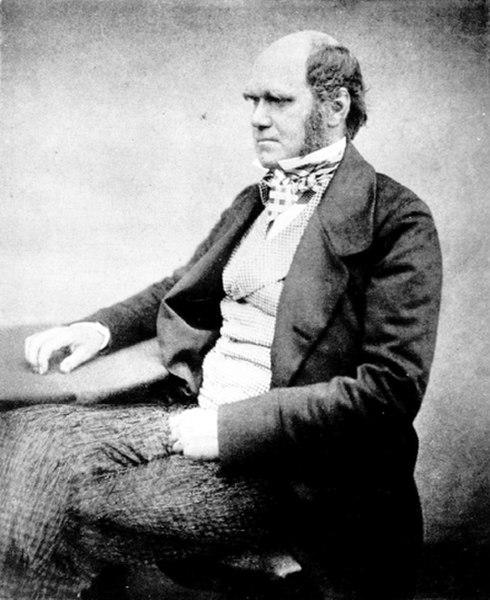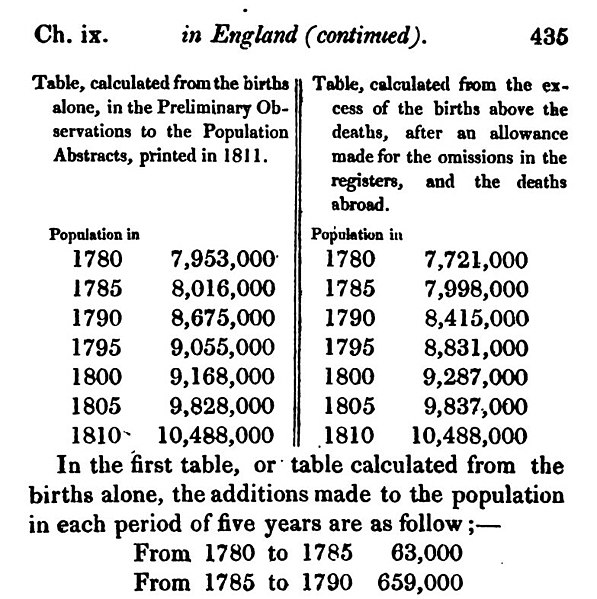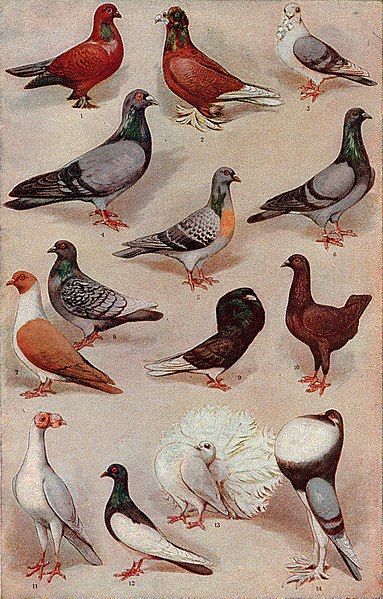Kin selection is a process whereby natural selection favours a trait due to its positive effects on the reproductive success of an organism's relatives, even when at a cost to the organism's own survival and reproduction. Kin selection can lead to the evolution of altruistic behaviour. It is related to inclusive fitness, which combines the number of offspring produced with the number an individual can ensure the production of by supporting others. A broader definition of kin selection includes selection acting on interactions between individuals who share a gene of interest even if the gene is not shared due to common ancestry.
The co-operative behaviour of social insects like the honey bee can be explained by kin selection.
Charles Darwin wrote that selection could be applied to the family as well as to the individual.
The evolutionary biologist John Maynard Smith used the term "kin selection" in 1964.
Kin recognition: theory predicts that if the bearers of a trait (like the fictitious 'green beard') will behave altruistically towards others carrying a green beard, altruistic traits that are genetically linked to the green beard gene will have a selective advantage.
Natural selection is the differential survival and reproduction of individuals due to differences in phenotype. It is a key mechanism of evolution, the change in the heritable traits characteristic of a population over generations. Charles Darwin popularised the term "natural selection", contrasting it with artificial selection, which is intentional, whereas natural selection is not.
Modern biology began in the nineteenth century with Charles Darwin's work on evolution by natural selection
Aristotle considered whether different forms could have appeared, only the useful ones surviving.
Part of Thomas Malthus's table of population growth in England 1780–1810, from his Essay on the Principle of Population, 6th edition, 1826
Charles Darwin noted that pigeon fanciers had created many kinds of pigeon, such as Tumblers (1, 12), Fantails (13), and Pouters (14) by selective breeding.








